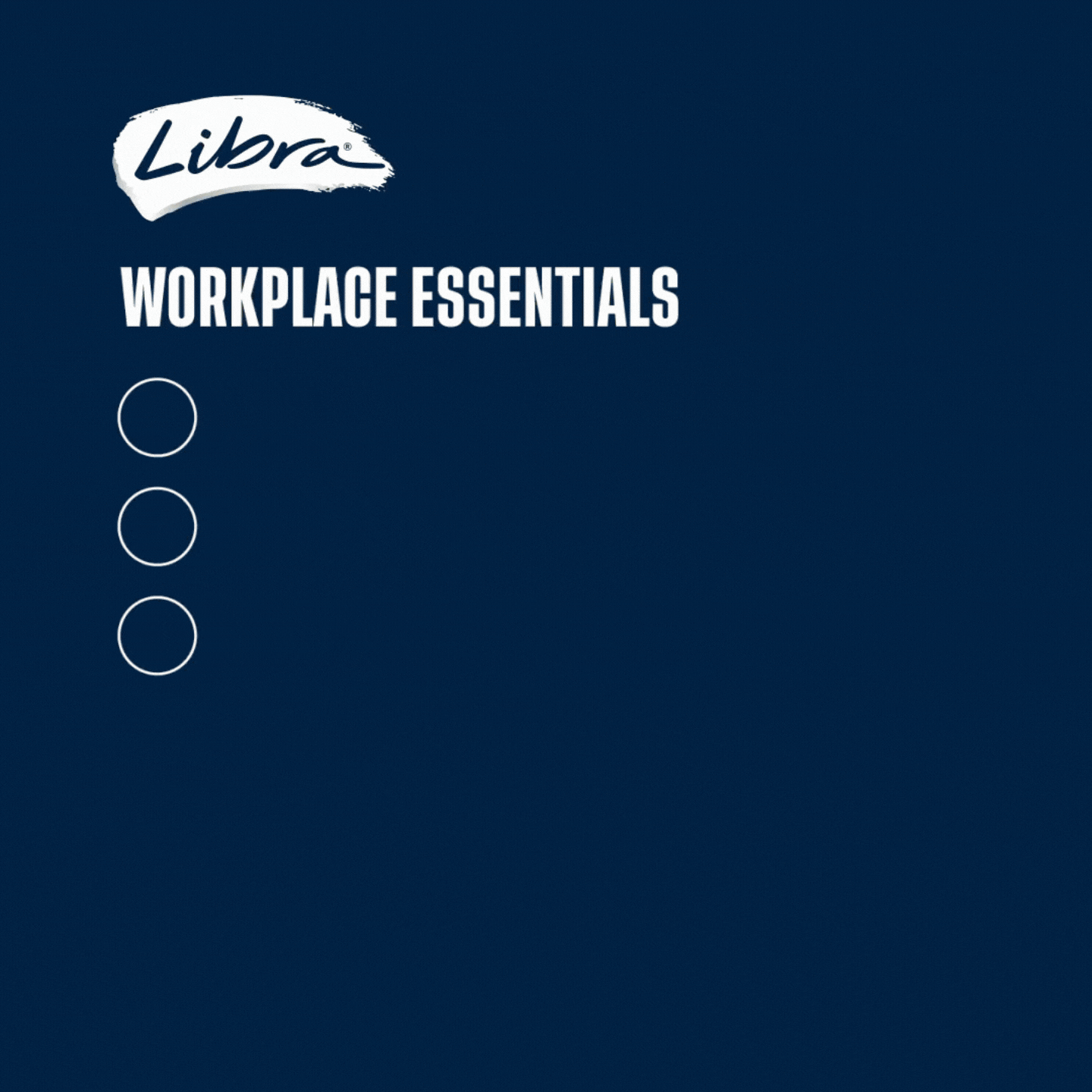As we reported earlier this year, that policy helped see Medibank to named Australia’s Best Workplace for Dads.
Now, more than six months later, it’s already resulted in a number of senior male leaders in the business taking extended parental leave.
And it’s why Medibank has been named a finalist in our Employer Female Initiate of the Year award at our Women’s Agenda Leadership Awards.
The policy also sees them offering external executive coaching to all new parents, with research from FlexCareers finding that 47% of primary carers in Australia are receiving no additional parental leave entitlements from employers — relying solely on the 18 weeks tax-payer funded leave.
For secondary employers, the figure is just 25%. Medibank has also partnered with Circle In, to offer an online stay-in-touch program for new parents. (Jodie Geddes and Kate Pollard, the founders of Circle In, are finalists in our Emerging Entrepreneur of the Year category).
New parents, including those who have adopted, can take the leave at any point within the first two years.
Head of Organisational Development Gemma Saunders told Women’s Agenda the FamilyFlex policy was developed after the employer wanted to know why a number of new parents still didn’t return after taking parental leave, or left the workforce shortly after. They conducted focus groups with a number of people who had recently been on leave to ask about their experience.
“What we found was that, and it’s not surprising really, is that all families and parents are different. They have all different social circles and levels of support and support structures,” she says.
That got them to rethink the gendered approach they were applying to parental leave, and how they could remove the labels regarding who can and can’t take it. “We wanted to think how it might better support parents and families of all shapes and sizes.”
During the focus group sessions, they also found that Dads wanted to be closer to their children during their first couple of years, but did not alway feel comfortable asking for leave. “Some men said they were fearful of even asking to take any form of parental leave, including just the two weeks of leaves they had previously,” said Saunders.
The FamilyFlex policy followed the launch of its FlexBetter policy in February 2017, giving all employees the opportunity to determine how and where they work. Saunders says the idea was to again remove labels regarding who can access flexibility, so that barriers could break down on just who took up the opportunity to use it.
While 56% of the workforce were participating in some form of flexible work two years ago, the number is now at 76%, following the introduction of the policy.
In 2017, Medibank found that almost all employees returned from parental leave.


